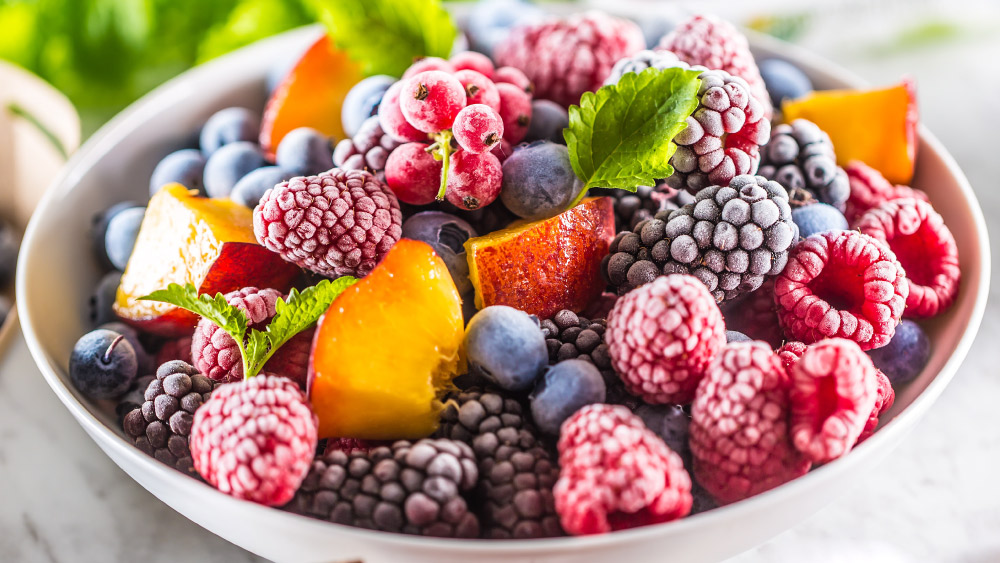What foods are IQF?
Common examples of IQF foods are fruits such as blueberries, strawberries and peaches; vegetables such as corn, peas, and green beans; seafood such as shrimp and scallops; or poultry, such as a single chicken breast. Even whole poultry, such as frozen turkey, is processed using the IQF method.
When it comes to knowing the process of personal rapid freezing, you will be very curious. Unlike other freezing methods, this may be the best approach when it comes to freezing individual items. It can bring convenience to the customers or add value to Iqf Fruits. Iqf processing line is a reliable food preservation line along with superior processes. With the individual rapid freezing process, small ice stones either preserve the food or keep it clean or preserved for a longer period of time.
Another big advantage of using a single quick freeze is that it’s very fast. This could be the best way to store groceries with ease. When it comes to Icf fruits, individual quick freezing is the best way. The process can work very well for preparing canned or salvaged foods from IQF fruits.
In the IQF process, also known as flash freezing, individual foods are sent to a blast chiller on a type of conveyor belt, which freezes the goods very quickly. Since the food separates on arrival, it remains separate even after it is frozen.
How does IQF work?
The process was developed by a biologist who, while ice fishing in Canada, observed that fish pulled from the water under the ice were immediately thrown into the ice. Even more remarkable, however, was the fact that some of these fish were still alive after thawing.
This surprising result is due to the fact that something freezes quickly, forming tiny ice crystals when it freezes slowly. Large ice crystals damage cells and tissue fibers. When these fish were frozen, the ice crystals were too small to pass through the cell walls, so few fish survived.
The same principle applies to IQF or frozen foods. The reason foods break when frozen is because the large ice crystals damage the fibers in the food, causing them to sag and become dry. The ice crystals compress the fibers, allowing the water content of the food to escape through the broken cell walls. Freezing food quickly forms small ice crystals that do not damage the fibers of the food.
IQF reduces crystallization of ice
This is particularly due to the fact that ice crystals only form between 31 and 25 degrees Fahrenheit. The longer the food stays in this temperature range, the more ice crystals are formed.
The key to IQF is to speed the food through this temperature zone of 31-25 degrees Fahrenheit as quickly as possible. For example, it can take ten hours to freeze a package of fish using traditional freezing (that is, you keep it in your home freezer). With IQF technology, this may only take 90 minutes. But more importantly, instead of spending a full six (out of 10) hours in the 31-25 F zone using the traditional method, you spend only 25 minutes with IQF.

